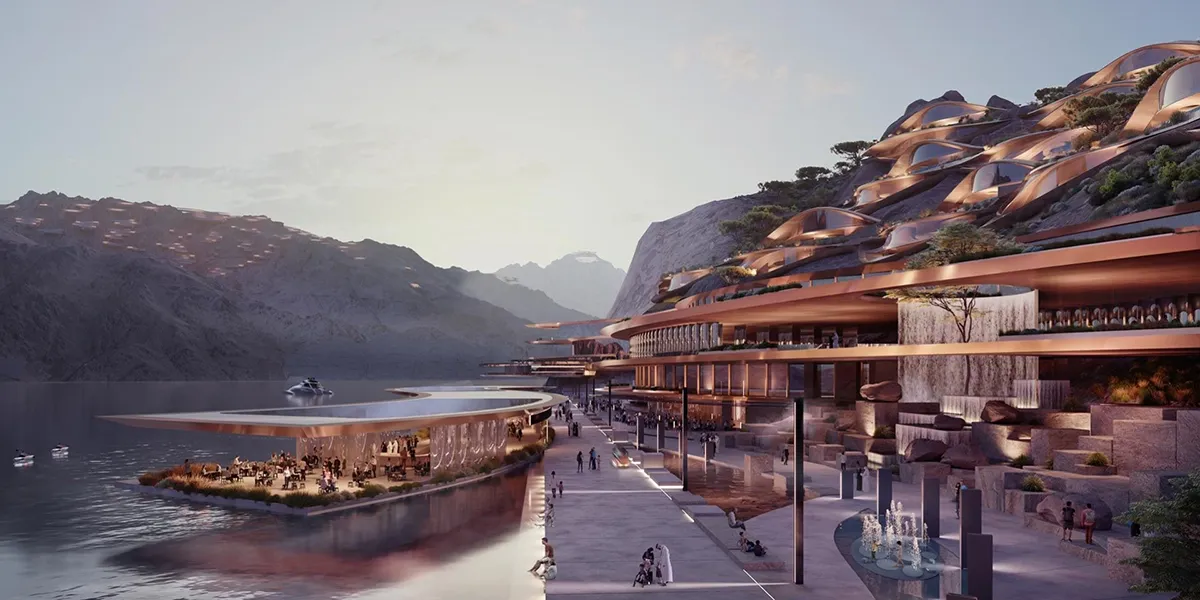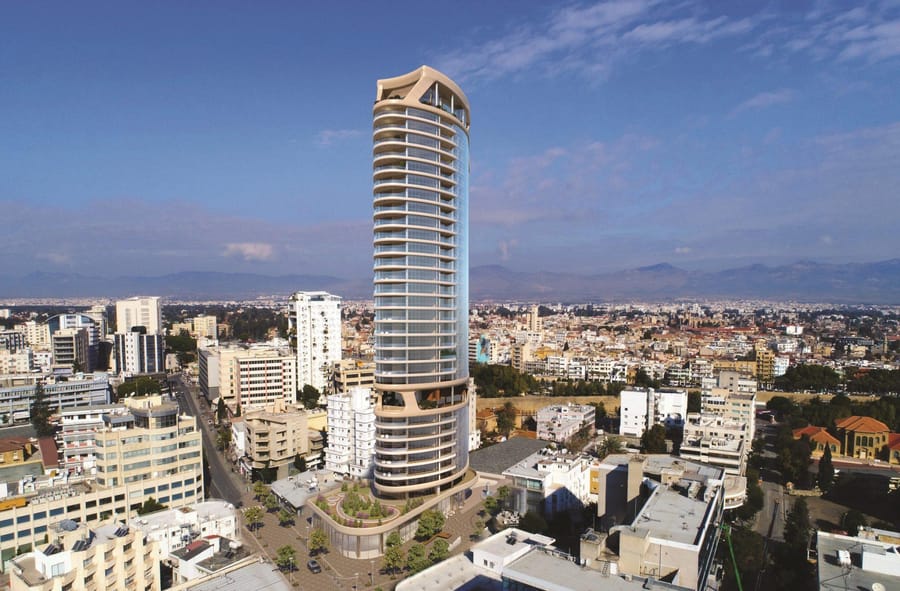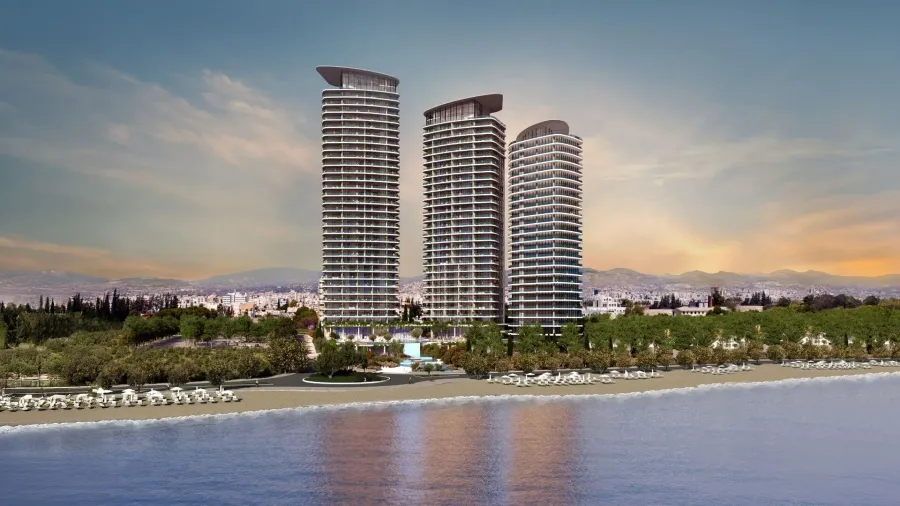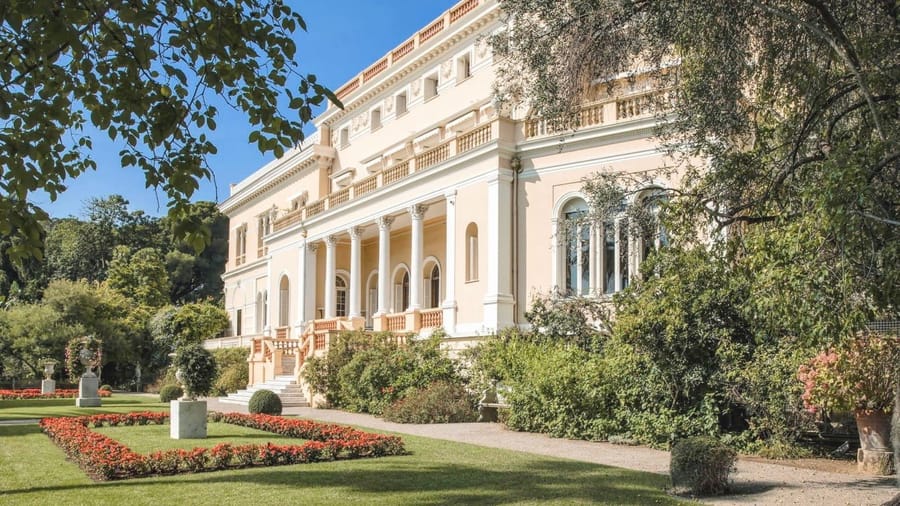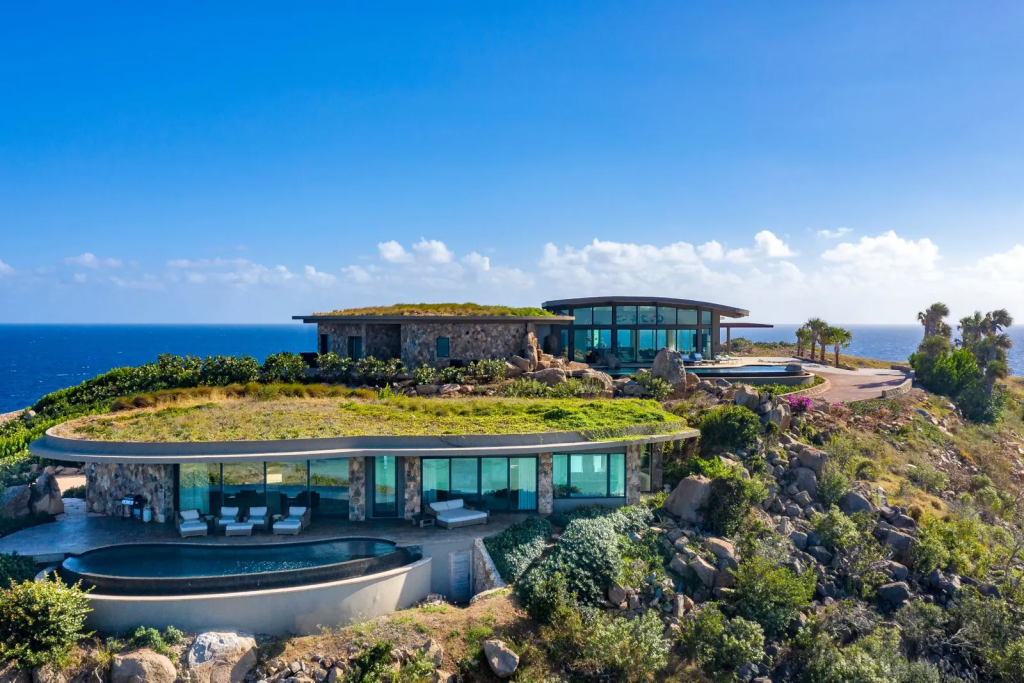The city of the future, rising from the desert… sounds poetic, doesn’t it? But if you’re told this is in Saudi Arabia, no one would be surprised. After all, building palaces in the desert is nothing new for them. So, imagine a city where AI rules everything, there are no cars that pollute the air, and around you is comfort, glass, and skyscrapers stretching 170 kilometers across the desert. Welcome to NEOM, Saudi Arabia’s $500 billion experiment in futuristic living.
It is already clear why this project is called 'the world’s most ambitious project'. It was announced as part of Vision 2030 by Crown Prince Mohammed bin Salman, who ambitiously and seriously planned to transform the Saudi economy. But is this ambitious dream becoming a reality, or is it facing the same struggles plaguing other mega-projects worldwide?
What Are the Core Elements of NEOM?
NEOM isn’t just one city! Planning such madness and accounting for every detail is simply impossible. That’s why it has been broken down into several smaller projects, each with its own purpose and innovations. You read it and can’t help but be amazed:
1. The Line: The Future of Urban Living?
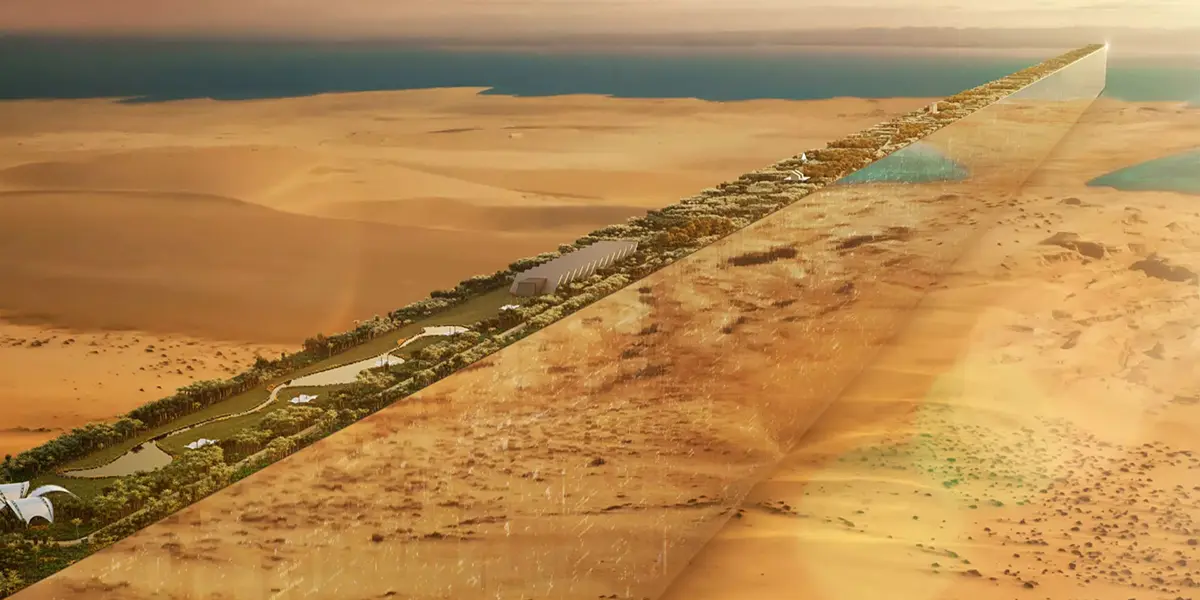
The most famous part of NEOM, The Line, is a 170-km-long linear city with no cars, streets, or carbon emissions. Instead, a high-speed underground train will transport residents from end to end in just 20 minutes. Imagine walking out of your apartment and immediately entering a green park filled with vertical farms and robotic assistants. That’s the vision.
Some call it “an architectural fantasy”, arguing that such an urban design has never been attempted. Others say building a glass-walled city in a harsh desert climate could be a logistical nightmare, requiring immense energy to keep it cool.
2. Oxagon: The Floating Industrial Revolution
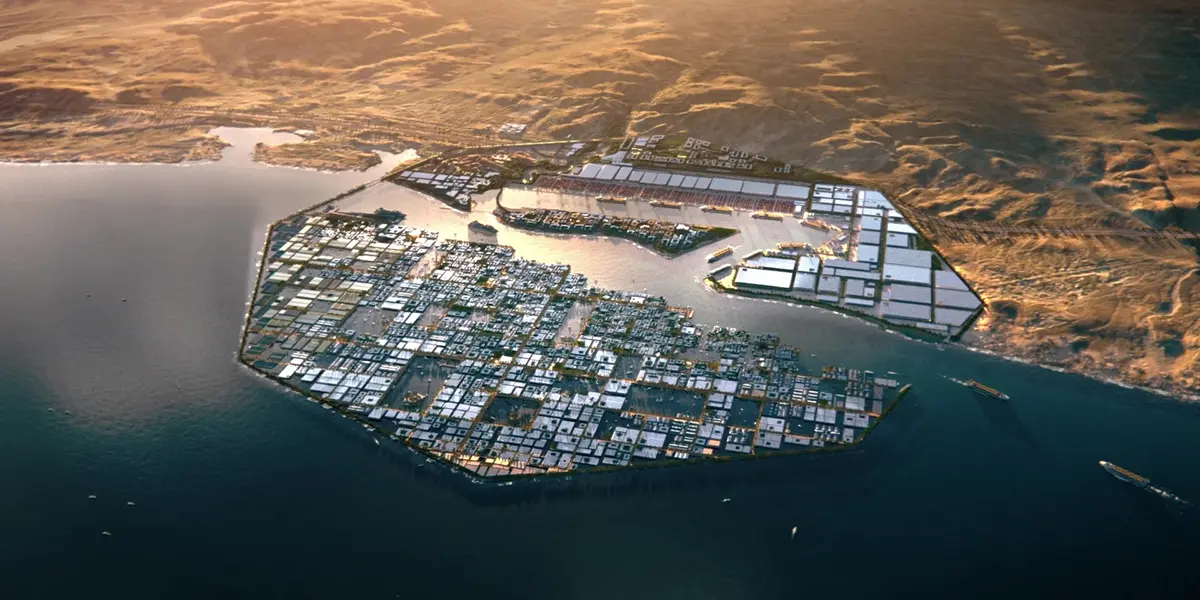
NEOM’s answer to industrial hubs like Singapore is Oxagon, an eight-sided floating city. Naturally, it is meant to become a port of the future with automated warehouses, drone deliveries, and sustainable industries. Don’t be surprised by a port in the middle of the desert. Whether it’s truly needed here is an open question.
3. Trojena: A Ski Resort in the Desert
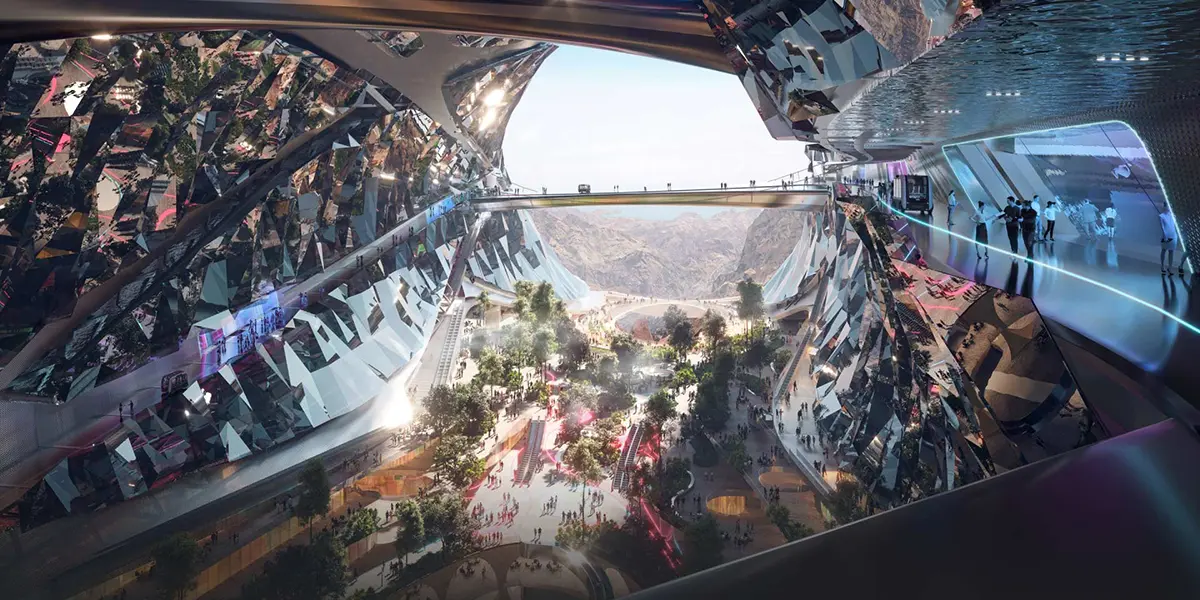
Yes, you read that right. NEOM will host a mountainous ski resort with year-round snow, artificial lakes, and a futuristic sports village. Saudi Arabia has already won the bid to host the 2029 Asian Winter Games here. However, with extreme heat and low natural snowfall, critics question whether the environmental cost of such a project is justifiable.
4. Sindalah: The Luxury Getaway
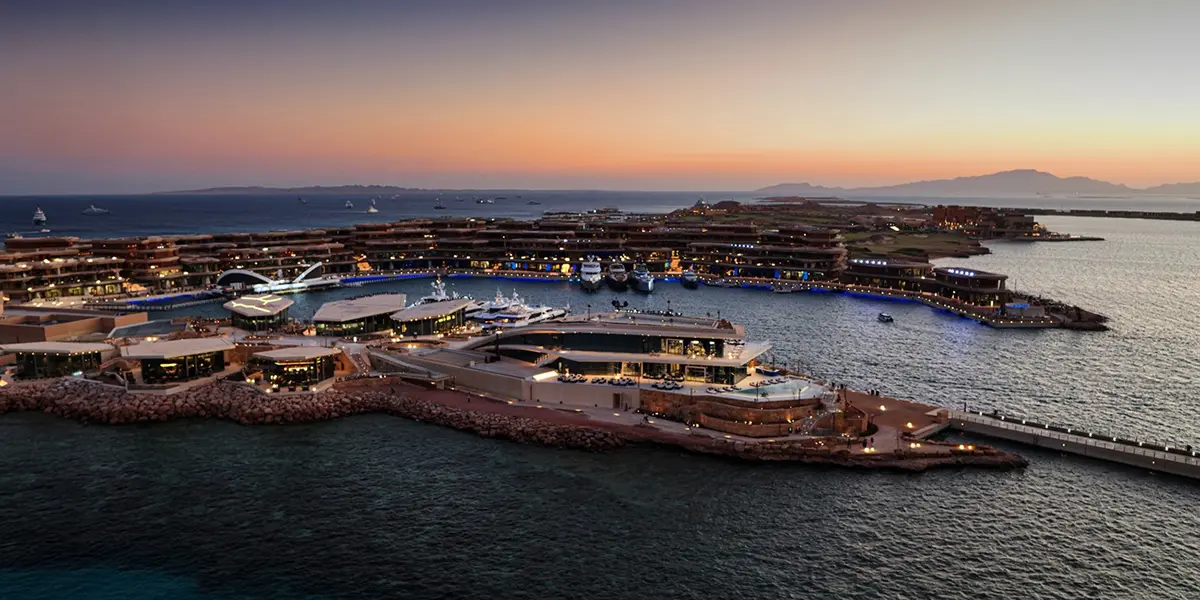
In this project, you can see the construction of Dubai’s Palm Jumeirah. Remember that man-made, super-luxurious island? Sindalah is planned to have five-star hotels, a massive marina, and a golf course. This part of NEOM is one of the first to open, attracting high-net-worth tourists looking for an exclusive Red Sea experience, similar to the appeal of luxury villas in Cyprus.
The Harsh Reality: Challenges Facing NEOM
While the promotional videos show a utopia of gleaming skyscrapers and happy citizens, reality is more complicated. Here are some of the biggest challenges NEOM is facing:
Financial Uncertainty
Despite Saudi Arabia’s vast oil wealth, building a city from scratch is expensive. As of 2025, oil prices are lower than expected, and the country faces a $26 billion budget deficit. With such high costs, some experts speculate that parts of NEOM might be scaled down or delayed significantly.
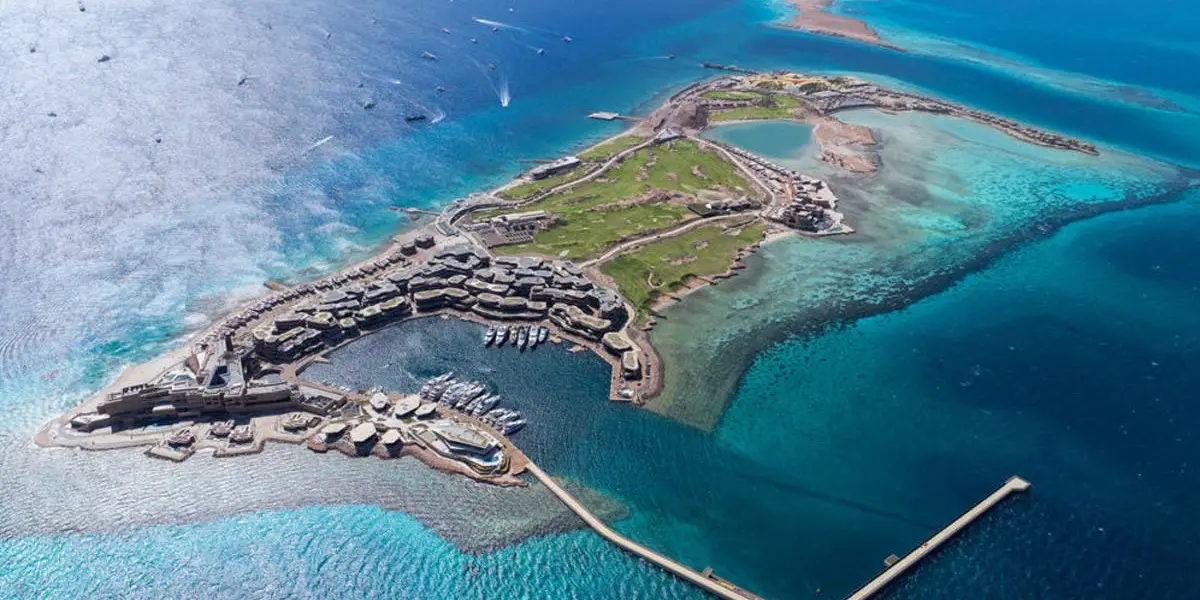
Social Challenges and Relocation Issues
No megaproject of this scale comes without territorial changes. The Huwaitat tribe lives on the land where NEOM is being built. Naturally, many are unhappy about having to leave their homes. Although negotiations are ongoing, tribe members are concerned about relocation and losing connection to their traditional way of life.
Working Conditions and Labor Welfare
The construction of NEOM involves thousands of foreign workers and specialists. According to some sources, working conditions can be quite demanding, especially given the extreme climate and remote location. Human rights organizations emphasize the importance of protecting workers’ rights and improving labor conditions to avoid negative international reactions.
Environmental Concerns
Saudi Arabia promotes NEOM as a zero-carbon city, but critics argue that such a massive development in the desert could harm the environment. Large-scale desalination plants, construction emissions, and artificial climate control could offset sustainability benefits.
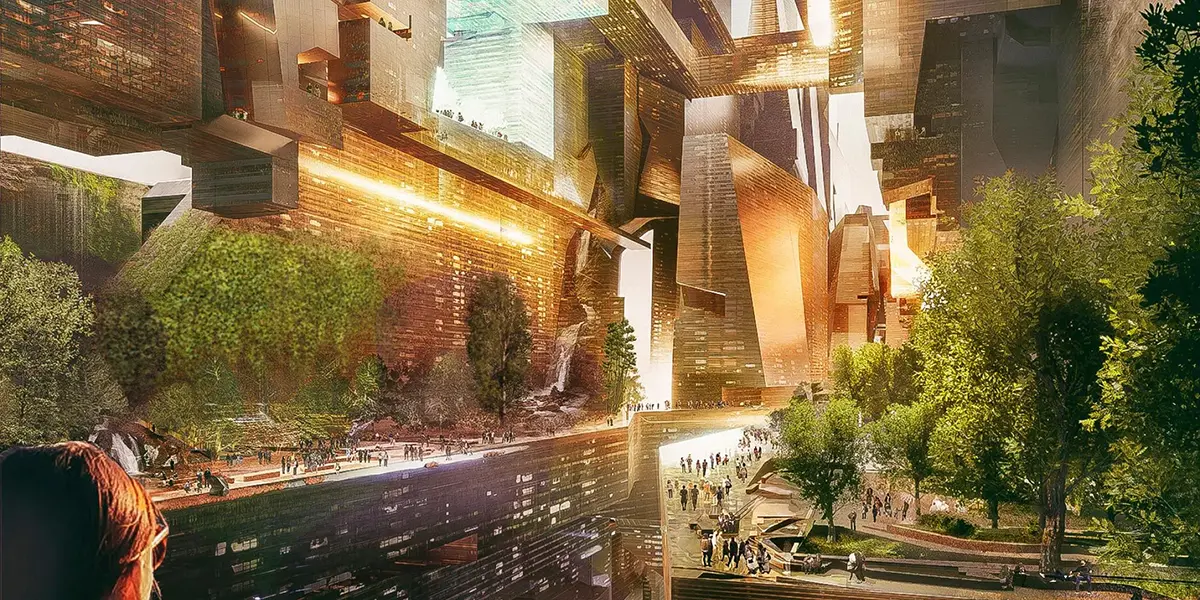
Similar Futuristic Mega-Projects Around the World
NEOM is not the only grand urban experiment. Here are some similar projects across the globe, including Cyprus:
- Masdar City, UAE — A planned zero-carbon, renewable energy-powered city outside Abu Dhabi.
- Forest City, Malaysia — A high-tech smart city built on reclaimed land, focusing on green living.
- Songdo, South Korea — A futuristic, sustainable city with AI-driven infrastructure and IoT integration.
- Lusail City, Qatar — Qatar’s $45 billion futuristic city, designed as an extension of Doha with smart buildings and AI.
- Smart City Cyprus — A tech-driven urban development in Cyprus aimed at becoming a hub for innovation and digital businesses.
- Telosa, USA — Billionaire Marc Lore’s vision for a utopian city based on sustainability and fair economic distribution.
Most of these projects are still in development. Some, like Songdo, are partially functional but have not yet achieved full success. Others are in the early stages and depend on future investments. Well, projects like Eden City in Cyprus remain just plans for now.
What’s Next for NEOM?
As of mid-2025, NEOM is still progressing. The Line and Sindalah are already under development, and some areas are open to visitors. However, the full vision will take decades, and with $500 billion at stake, the project's financial future is uncertain. It’s important not to forget the $26 billion deficit due to lower oil prices.
Others perceive NEOM as the craziest model of the future, with intelligent systems and sustainability propelling it forward. Success here could draw global businesses and tourists. However, many unresolved issues, such as human rights, labor conditions, and the environment, remain, without which nothing will succeed.
If Saudi Arabia can overcome these hurdles, NEOM could set the standard for future cities. If not, it might remain an expensive dream.

